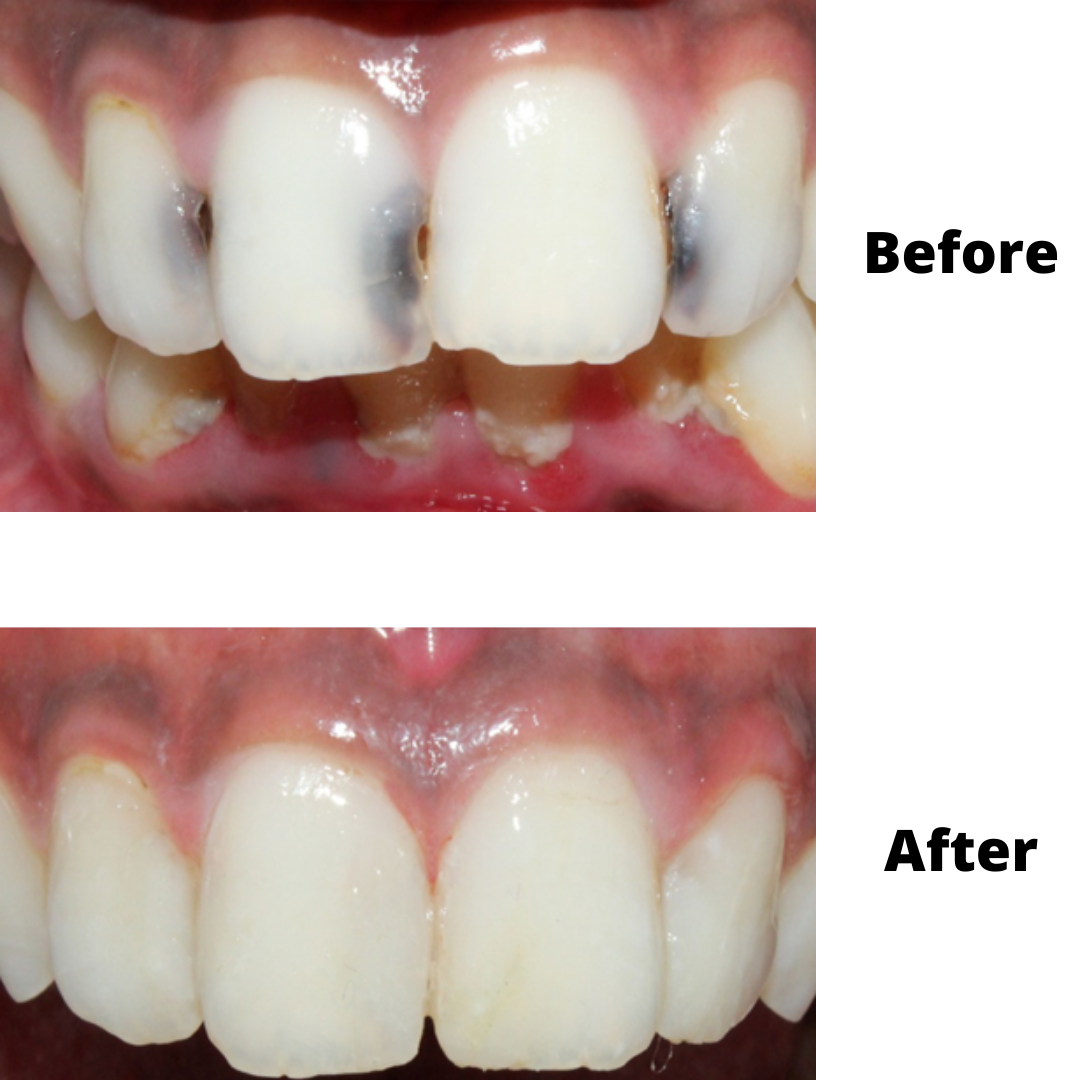Tooth Infection Relief With Hydrogen Peroxide Guide
The agony of a tooth infection can be debilitating, making everyday activities like eating, drinking, and even talking a chore. While it’s essential to consult a dentist for proper diagnosis and treatment, there are some home remedies that can provide temporary relief. One such remedy is using hydrogen peroxide to alleviate tooth infection symptoms. In this comprehensive guide, we’ll delve into the world of hydrogen peroxide and its application in tooth infection relief, exploring its benefits, risks, and proper usage.
Understanding Tooth Infections
Before we dive into the specifics of using hydrogen peroxide, it’s crucial to understand what tooth infections are and how they occur. Tooth infections, also known as dental abscesses, are bacterial infections that develop inside the tooth or in the surrounding tissues. These infections can be caused by poor oral hygiene, untreated cavities, or trauma to the tooth. Symptoms of tooth infections include severe toothache, swollen gums, sensitivity to temperature changes, and bad breath.
The Role of Hydrogen Peroxide
Hydrogen peroxide is a common household ingredient with antibacterial and antiseptic properties. It’s often used to clean wounds, disinfect surfaces, and even as a mouthwash to kill bacteria and freshen breath. When it comes to tooth infections, hydrogen peroxide can help alleviate symptoms by:
- Reducing bacterial growth: Hydrogen peroxide’s antibacterial properties can help reduce the growth of bacteria that cause tooth infections.
- Decreasing inflammation: The antiseptic properties of hydrogen peroxide can help reduce inflammation and swelling in the affected area.
- Killing pain-causing bacteria: Hydrogen peroxide can help eliminate bacteria that produce toxins, which can cause pain and discomfort.
Using Hydrogen Peroxide for Tooth Infection Relief
To use hydrogen peroxide for tooth infection relief, follow these steps:
- Dilute the hydrogen peroxide: Mix equal parts hydrogen peroxide and water to create a solution. Undiluted hydrogen peroxide can be too harsh and may damage tooth enamel or gum tissue.
- Swish and gargle: Swish the solution around your mouth, making sure to reach the affected area. Gargle for 30 seconds to 1 minute before spitting it out.
- Repeat as needed: Repeat the process 2-3 times a day, or as directed by your dentist.
Important Safety Considerations
While hydrogen peroxide can provide temporary relief, it’s essential to exercise caution when using it:
- Always dilute: Never use undiluted hydrogen peroxide, as it can cause more harm than good.
- Avoid swallowing: Hydrogen peroxide can be toxic if swallowed. Make sure to spit it out after gargling.
- Don’t overuse: Using hydrogen peroxide too frequently or in excess can lead to tooth sensitivity, gum irritation, or other adverse effects.
It's crucial to remember that hydrogen peroxide is not a substitute for professional dental care. If you're experiencing symptoms of a tooth infection, consult your dentist for proper diagnosis and treatment.
Comparative Analysis: Hydrogen Peroxide vs. Other Home Remedies
While hydrogen peroxide can provide relief, it’s not the only home remedy for tooth infection symptoms. Other popular options include:
| Remedy | Benefits | Risks |
|---|---|---|
| Hydrogen peroxide | Antibacterial, antiseptic, and anti-inflammatory properties | Can be harsh if undiluted, may cause tooth sensitivity |
| Saltwater rinse | Reduces inflammation, kills bacteria | May not be as effective as hydrogen peroxide |
| Clove oil | Natural analgesic and anti-inflammatory properties | Can be irritating to skin and mucous membranes |
| Orajel | Topical anesthetic and anti-inflammatory properties | May not address underlying cause of infection |
Historical Evolution of Hydrogen Peroxide in Dentistry
Hydrogen peroxide has been used in dentistry for decades, with its first recorded use dating back to the early 20th century. Initially, it was used as a disinfectant and antiseptic, but its applications have since expanded to include teeth whitening, mouthwash, and even tooth infection relief.
Future Trends Projection: Advanced Dental Care
As dental care continues to evolve, we can expect to see more advanced treatments for tooth infections. Some potential future trends include:
- Laser therapy: Using laser technology to target and eliminate bacteria causing tooth infections.
- Nanoparticle-based treatments: Developing nanoparticles that can deliver targeted treatments to infected areas.
- Personalized dentistry: Using genetic testing and personalized medicine to develop tailored treatment plans for individual patients.
Conclusion
Tooth infections can be debilitating, but with the right home remedies, you can find temporary relief. Hydrogen peroxide, when used correctly, can be an effective tool in alleviating symptoms. However, it’s essential to remember that hydrogen peroxide is not a substitute for professional dental care. Always consult your dentist for proper diagnosis and treatment, and use hydrogen peroxide as directed.
Can I use hydrogen peroxide as a replacement for antibiotics?
+No, hydrogen peroxide should not be used as a replacement for antibiotics. While it has antibacterial properties, it is not a substitute for prescribed medication.
How long does it take for hydrogen peroxide to work?
+The effects of hydrogen peroxide can be felt within a few minutes to an hour after use. However, it’s essential to remember that hydrogen peroxide is not a cure-all and may need to be repeated for continued relief.
Can I use hydrogen peroxide if I have sensitive teeth or gums?
+If you have sensitive teeth or gums, it’s best to consult your dentist before using hydrogen peroxide. They can recommend alternative treatments or provide guidance on how to use hydrogen peroxide safely.



